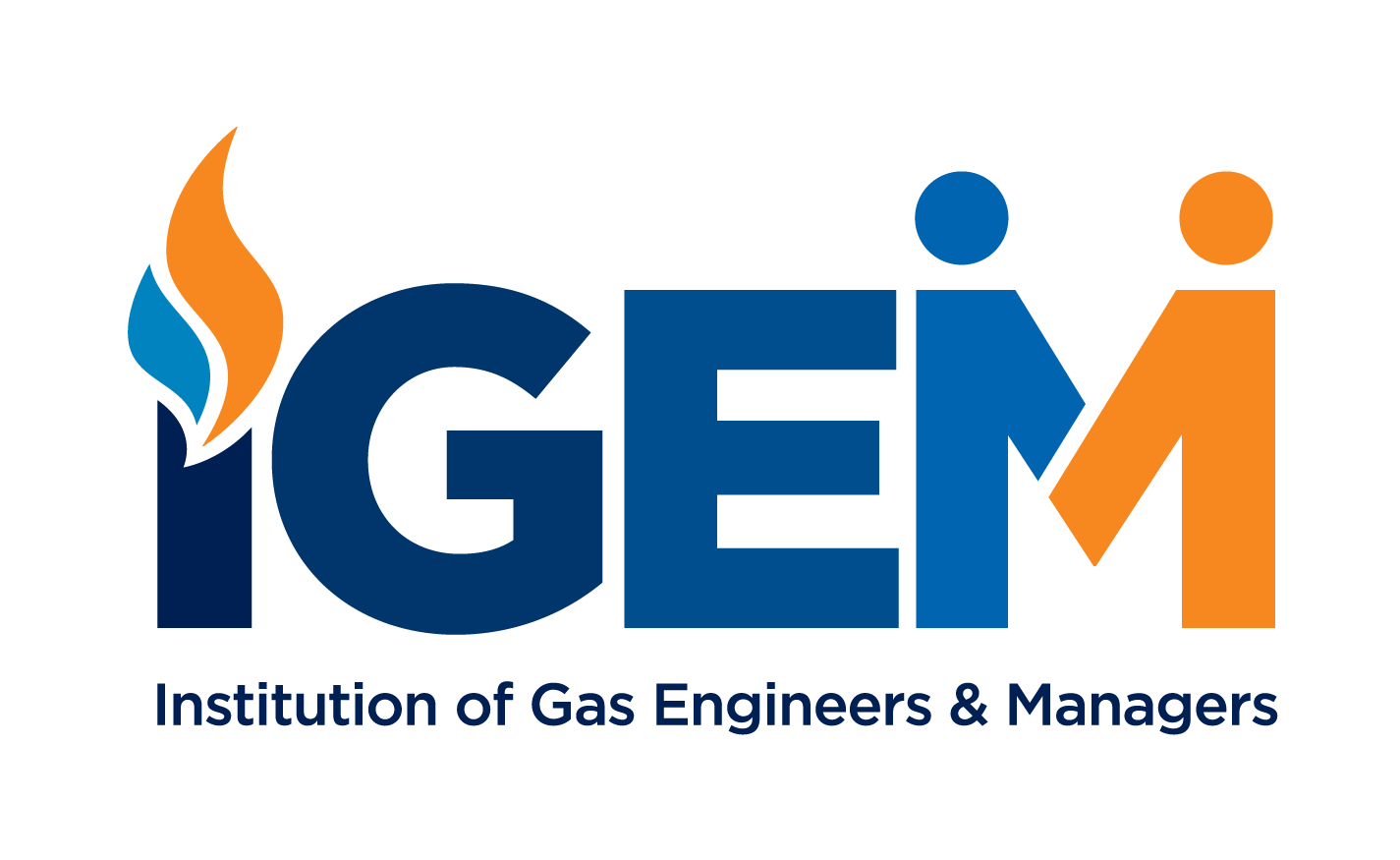This project investigated the potential concentration of carbon monoxide (CO) created by gas appliance emissions in poorly ventilated domestic buildings.
Undertaken by the HSE’s Health and Safety Laboratory, the investigation tested four different domestic gas appliances: a four ring hob single oven gas cooker, a wall-mounted flue-less gas fire, a portable cabinet heater, and a standard gas fire requiring a flue.
A range of gas appliances were tested to determine the concentration of CO that they emit at a range of low ventilation rates. The results of these tests have indicated that:
- At no point during any test did concentrations of CO exceed the 15 minute STEL value of 200 ppm. A gas cooker with all four gas hob rings at maximum would be capable of emitting enough CO so as to exceed the 8 hour WEL of 30 ppm but this would be extremely unlikely in practice as this would raise the temperature above approximately 40 °C.
- Operating the gas oven alone at its maximum setting resulted in a maximum CO concentration of 9.2 ppm and typically had an equilibrium value of 6 -7 ppm.
- With the flue-less gas fire operating at maximum, the concentration of CO never exceeded 7.2 ppm and could therefore be operated without risk of harmful exposure to CO.
- When using a portable cabinet heater at a ventilation rate of approximately 0.00 h-1 a CO concentration of 33.4 ppm was detected, which was the highest recorded during any test.
- A portable cabinet heater could emit enough CO to cause exposures of approximately 30 ppm if operated in a room with a ventilation rate of less than 0.25 h-1.
- It should be noted that the cabinet heater was tested in conditions outside of the manufacturer’s recommendations, i.e. lower that the recommended room ventilation rate.
- A properly installed flue can provide a natural ventilation rate to a room exceeding 1.00 h-1.
- A gas fire in good working order, when connected to a properly installed flue, can be operated indefinitely without emitting any harmful concentrations of either CO or CO2. The gas fire with a flue tested produced peak CO concentrations of less than 5 ppm.
- Although none of the appliances tested produced harmful levels of CO, ventilation rates below 0.5 to 1.0 h-1 were less efficient at removing CO.
- An unexpected result was the detection of high levels of CO2 at several test positions. For all appliances except the gas fire with a flue, the STEL for CO2 was exceeded at least once during testing.
- Oxygen levels in the room remained above 20% v/v when the oven alone and fire with flue were in use. All other appliances resulted in oxygen levels ranging from 17.8 - 19.9% v/v. The minimum oxygen level measured was 17.8% v/v during use of the hob rings with no mechanical ventilation.
A functioning ASD should have activated once the CO2 concentration exceeded 0.8 v/v. Although the air in the test room was considered to be relatively well mixed, there was no measurement position at the exact location of the heater, so it is not known what the CO2 concentration was here.
























